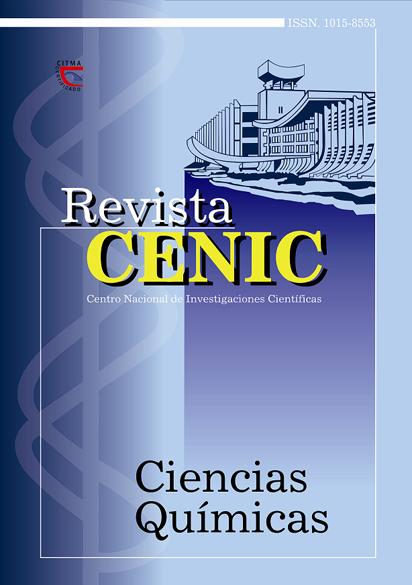Vector Machine Regression Model least squares support for prediction of the crystallinity of cracking catalysts by infrared spectroscopy
Abstract
The recently introduction of the least squares support vector machines method for regression purposes in
the field of Chemometrics has provided several advantages to linear and nonlinear multivariate calibration methods. The
objective of the paper was to propose the use of the least squares support vector machine as an alternative multivariate
calibration method for the prediction of the percentage of crystallinity of fluidized catalytic cracking catalysts, by means
of Fourier transform mid-infrared spectroscopy. A linear kernel was used in the calculations of the regression model. The
optimization of its gamma parameter was carried out using the leave-one-out cross-validation procedure. The root mean
square error of prediction was used to measure the performance of the model. The accuracy of the results obtained with
the application of the method is in accordance with the uncertainty of the X-ray powder diffraction reference method. To
compare the generalization capability of the developed method, a comparison study was carried out, taking into account
the results achieved with the new model and those reached through the application of linear calibration methods. The
developed method can be easily implemented in refinery laboratories

Downloads
Published
How to Cite
Issue
Section
License

This work is licensed under a Creative Commons Attribution-NonCommercial-ShareAlike 4.0 International License.
Los autores que publican en esta revista están de acuerdo con los siguientes términos:
Los autores conservan los derechos de autor y garantizan a la revista el derecho de ser la primera publicación del trabajo al igual que licenciado bajo una Creative Commons Atribución-NoComercial-CompartirIgual 4.0 que permite a otros compartir el trabajo con un reconocimiento de la autoría del trabajo y la publicación inicial en esta revista.
Los autores pueden establecer por separado acuerdos adicionales para la distribución no exclusiva de la versión de la obra publicada en la revista (por ejemplo, situarlo en un repositorio institucional o publicarlo en un libro), con un reconocimiento de su publicación inicial en esta revista.
Se permite y se anima a los autores a difundir sus trabajos electrónicamente (por ejemplo, en repositorios institucionales o en su propio sitio web) antes y durante el proceso de envío, ya que puede dar lugar a intercambios productivos, así como a una citación más temprana y mayor de los trabajos publicados (Véase The Effect of Open Access) (en inglés).













